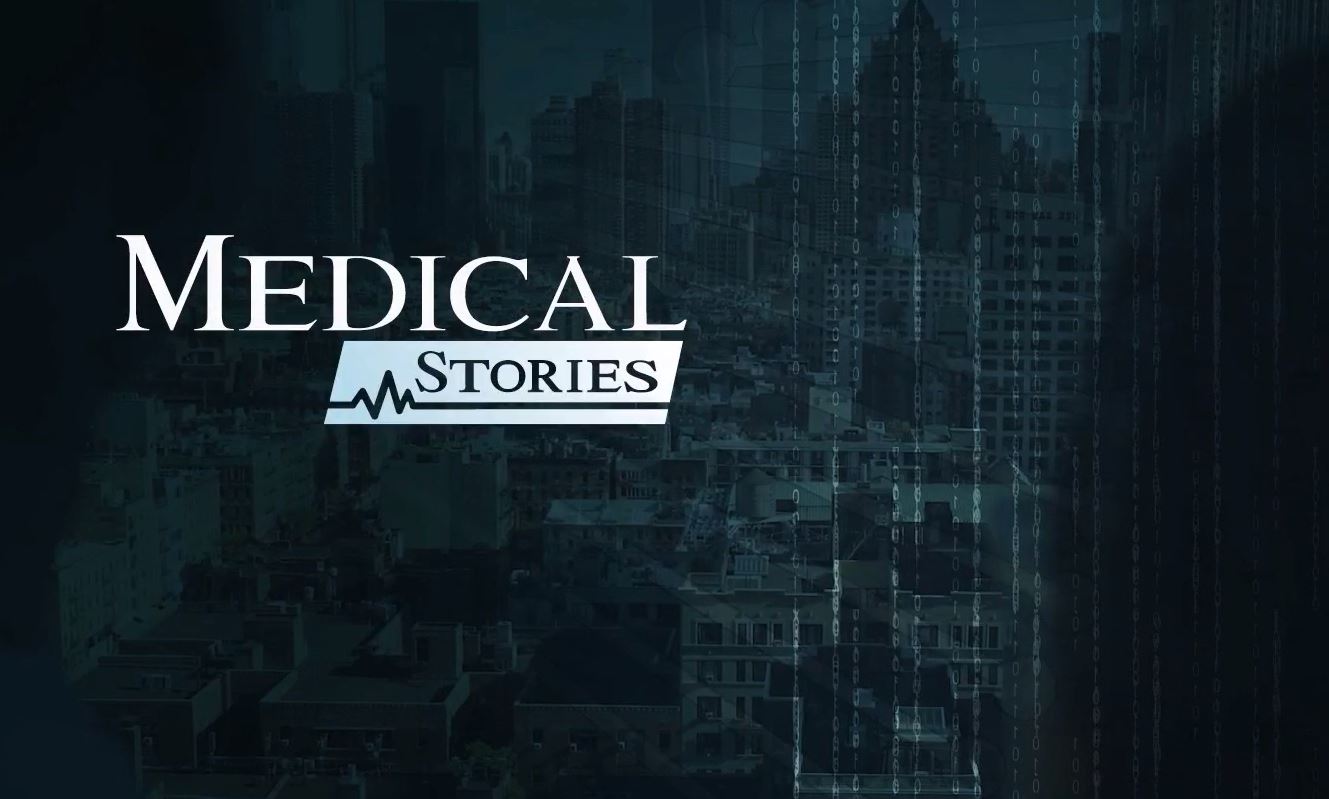
Cholangiocarcinoma
THERAPEUTIC AREAS
Cholangiocarcinoma (CCA) also known as bile duct cancer, is a rare and aggressive type of cancer that affects the bile ducts, which carry digestive fluid (bile) and connect your liver, gallbladder and small intestine.
CCA is known as a difficult to treat cancer with few treatment options.1
Approximately, 8,000 people in the U.S. are diagnosed with CCA each year, but the actual number of cases may be higher. The disease can be hard to diagnose, leading CCA to be misclassified as other cancers.2
There are three different ways in which bile duct cancers are categorized, depending on where the cancer starts.3
Occurs in the smaller bile ducts inside the liver.3
Occurs in the bile ducts just outside of the liver.3
Occurs further down the bile duct, closer to the small intestine.3
Understanding the Patient Experience

Servier is a proud sponsor of the Medical Stories series airing on local PBS stations across the country. In a recent episode, we meet Stephanie, a 52-year-old woman who is recognized for her skills and contributions to the international human rights field. Stephanie shared her experience being diagnosed with cholangiocarcinoma, emphasizing the crucial role mutational testing played in informing her treatment decisions.
IDH1 Mutation
Genetic sequencing has identified new potential therapeutic targets for CCA. One genetic alteration of interest is isocitrate dehydrogenase-1 (IDH1), where there are several small molecules being explored as a targeted treatment option.4
IDH1 mutations occur in up to 20% of patients with cholangiocarcinoma. 5
Mutations, like an IDH1 mutation, are changes in the DNA (deoxyribonucleic acid) of a cell, which can play a role in the development of a disease. That is why testing for mutations can help your healthcare team understand which targeted therapies and treatments may work for you.


Survivorship
Survivorship in CCA begins the day of diagnosis and continues throughout life. It is considered one of the most complex aspects of the cancer experience because it is different for every patient. While treatment may completely destroy or remove the cancer for some people, others may need to maintain regular treatment to control the cancer.6
The treatment paradigm for this disease has transformed over the past few years, with molecular profiling along for more targeted and personalized treatment options. Always remember to speak with your oncologist and other members of your healthcare team about treatments, tools and resources that can help you navigate your cancer journey.
1. Mayo Clinic. Cholangiocarcinoma (bile duct cancer). https://www.mayoclinic.org/diseases-conditions/cholangiocarcinoma/symptoms-causes/syc-20352408. Accessed January 19, 2024.
2. American Cancer Society. Key Statistics for Bile Duct Cancer. https://www.cancer.org/cancer/bile-duct-cancer/about/key-statistics.html. Accessed January 19, 2024.
3. American Cancer Society. What is Bile Duct Cancer? https://www.cancer.org/cancer/bile-duct-cancer/about/what-is-bile-duct-cancer.html. Accessed January 19, 2024.
4. Cripso, F., Pietrafesa, M., Condelli V., Maddalena, F., Bruno G., Piscazzi, A. Sgambato, A., Esposito, F. & Landriscina, M. (2020). IDH! Targeting as a New Potential Option for Intrahepatic Cholangiocarcinoma Treatment-Current State and Future Perspectives. Molecules (Basel, Switzerland), 25(16), 3754. https://www.mdpi.com/1420-3049/25/16/3754
5. Boscoe, A., Rolland, C., & Kelley, R. (2019). Frequency and prognostic significance of isocitrate dehydrogenase 1 mutations in cholangiocarcinoma: a systematic literature review. Journal Of Gastrointestinal Oncology, 10(4), 751-765. https://jgo.amegroups.com/article/view/28868
6. American Cancer Society. Living as a Bile Duct Cancer Survivor. https://www.cancer.org/cancer/bile-duct-cancer/after-treatment/follow-up.html. Accessed January 19, 2024.